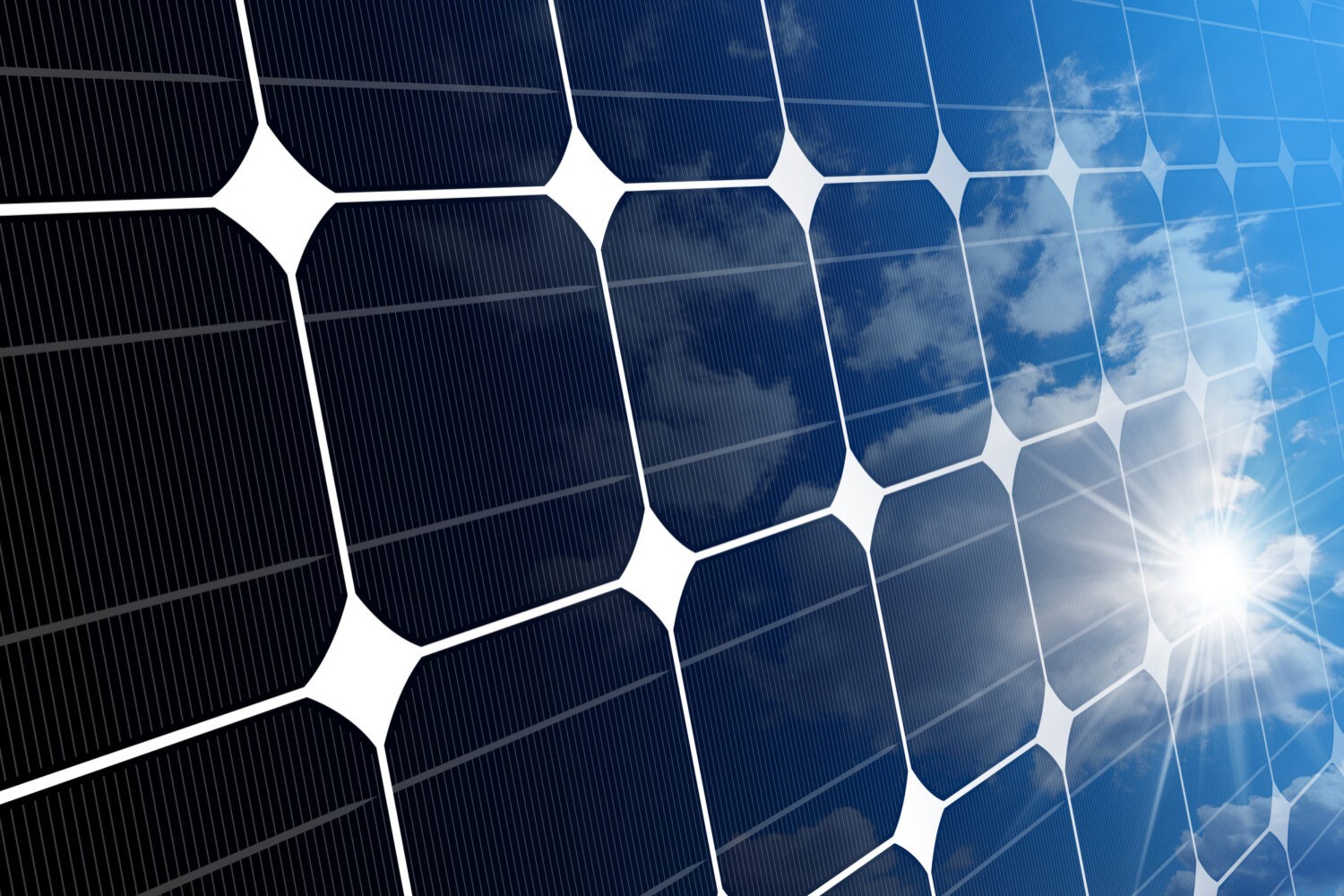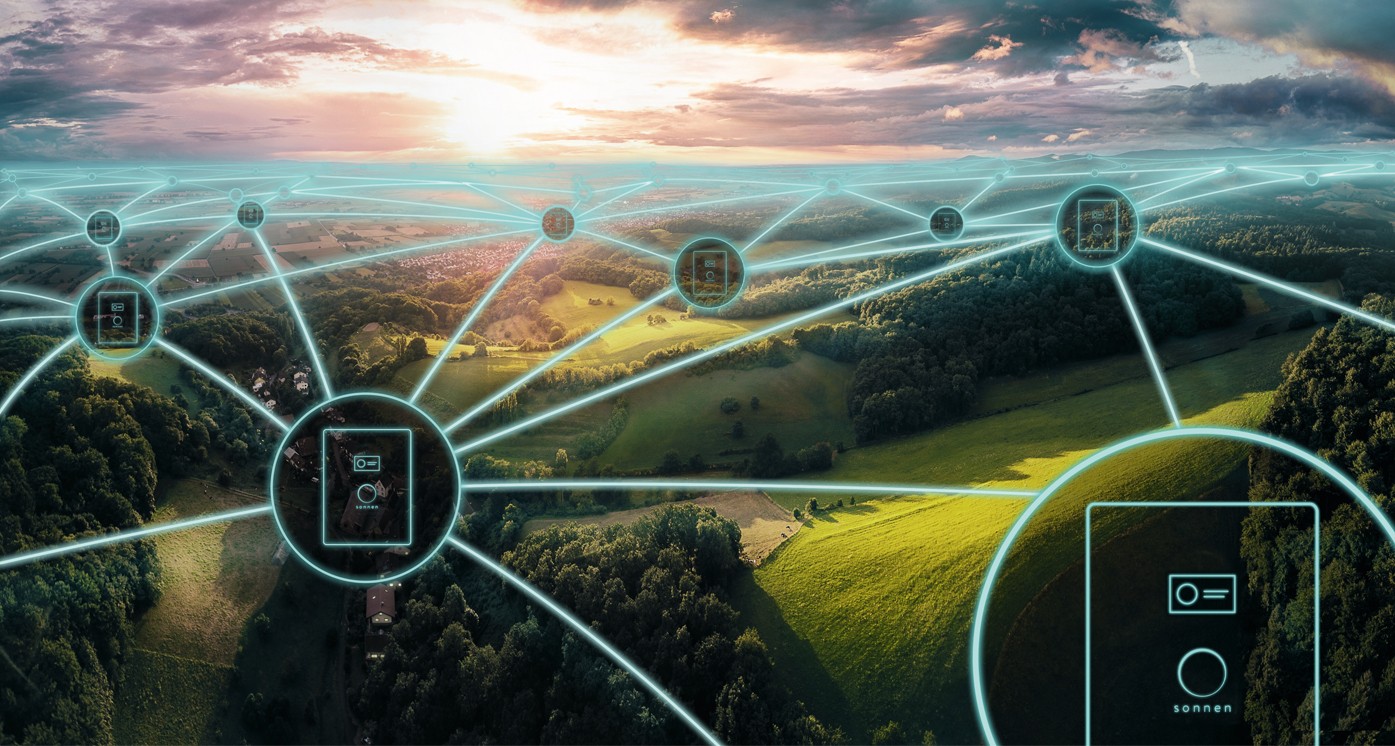
Artificial Intelligence is improving energy
It helps reduce pollution and increase efficiency. There are many projects ongoing
Artificial Intelligence is a part of our everyday life and makes it easier in ways that we take for granted. Just think of virtual assistants like Siri and Cortana on our smartphones, chatbots for customer service, home automation with vocal assistants like Google or Alexa.
AI is also used in security (for fraud detection and to increase security measures in streets, stations and airports) and in several industrial sectors, to improve productivity and reduce errors. AI is able to quickly process big data to solve problems. In the last years researchers have started wondering about the possibility to use it to solve common problems – above all, to tackle climate change.
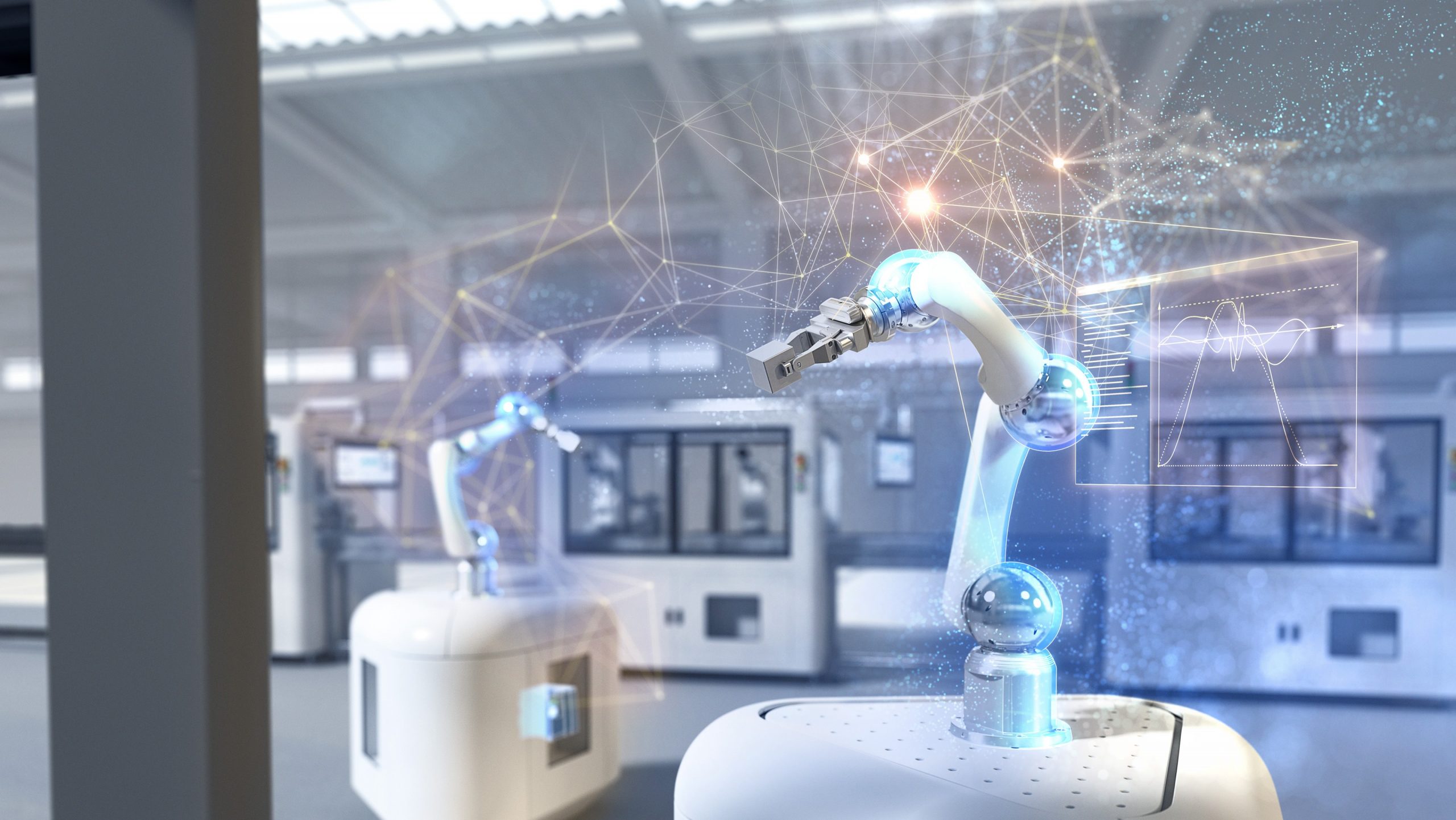
Siemens is producing a podcast on new Artificial Intelligence processes in manufacturing
In June 2019, in “Tackling Climate Change with Machine Learning” report some of the experts identified possible interventions in 13 domains to fight climate change. Among these: monitoring the state of the deforestation, reducing energy dispersion inside the buildings, making transports more efficient and predicting extreme weather events.
The recent research entitled “Climate AI: How Artificial Intelligence can power your climate action strategy” from Capgemini Research Institute has confirmed that AI can help organizations fulfil 45% of the “Economic Emission Intensity” targets of the Paris agreement by 2030.
AI has proved particularly useful in monitoring energy consumption and reducing waste
Analysing over 70 AI-enabled cases for climate action, the report has identified the ten most impactful ones. Energy consumption and optimization platforms ranked first. In this case algorithms automatically identify defects and predict failures without interrupting operations and tracing leakages at industrial sites.
The potential positive impact of AI is also significant in monitoring energy consumption and waste reduction. According Capgemini, organizations can expect to cut GHG emissions by 16% the next three to five years through AI-driven climate action projects.
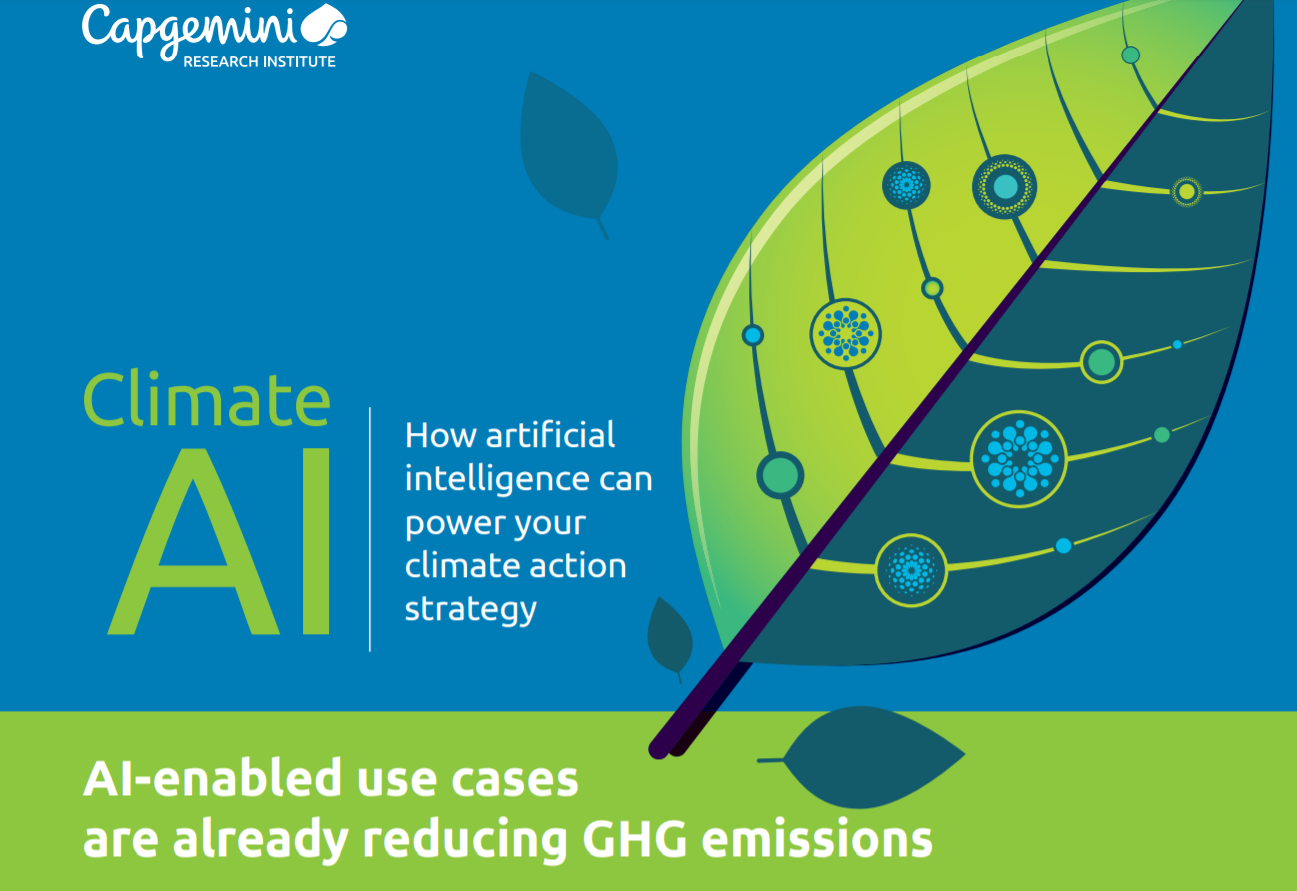
(The Capgemini research)
Machine learning is already used to monitor big tech-companies’ energy consumption. Google uses AI developed by Deepmind, a British AI company acquired in 2014, to control data centre cooling.
Deepmind has developed an algorithm to boost wind power. It can predict wind power output 36 hours ahead, considering factors such as weather forecasts and turbines data.
Technology can help achieve 45% of the Paris Agreement emissions cut
Based on these predictions, the system recommends how to make optimal hourly delivery commitments to the power grid. Machine learning has boosted the value of Midwest wind farms in U.S. by 20%.
One of the most promising area involves Virtual Power Plant (VPP). VPP is a cloud-based virtual system which aggregates heterogeneous energy resources in one place. Only the development of digital technologies and remote-control systems in the last years have allowed its expansion.
Although they include many production units, VPP operate as one big plant, providing balancing services and managing peak loads. Besides those plants from non-programmable renewable sources, VPP include cogeneration plants and energy storages, able to modulate the power and compensate the fluctuations of renewable sources’ energy production.
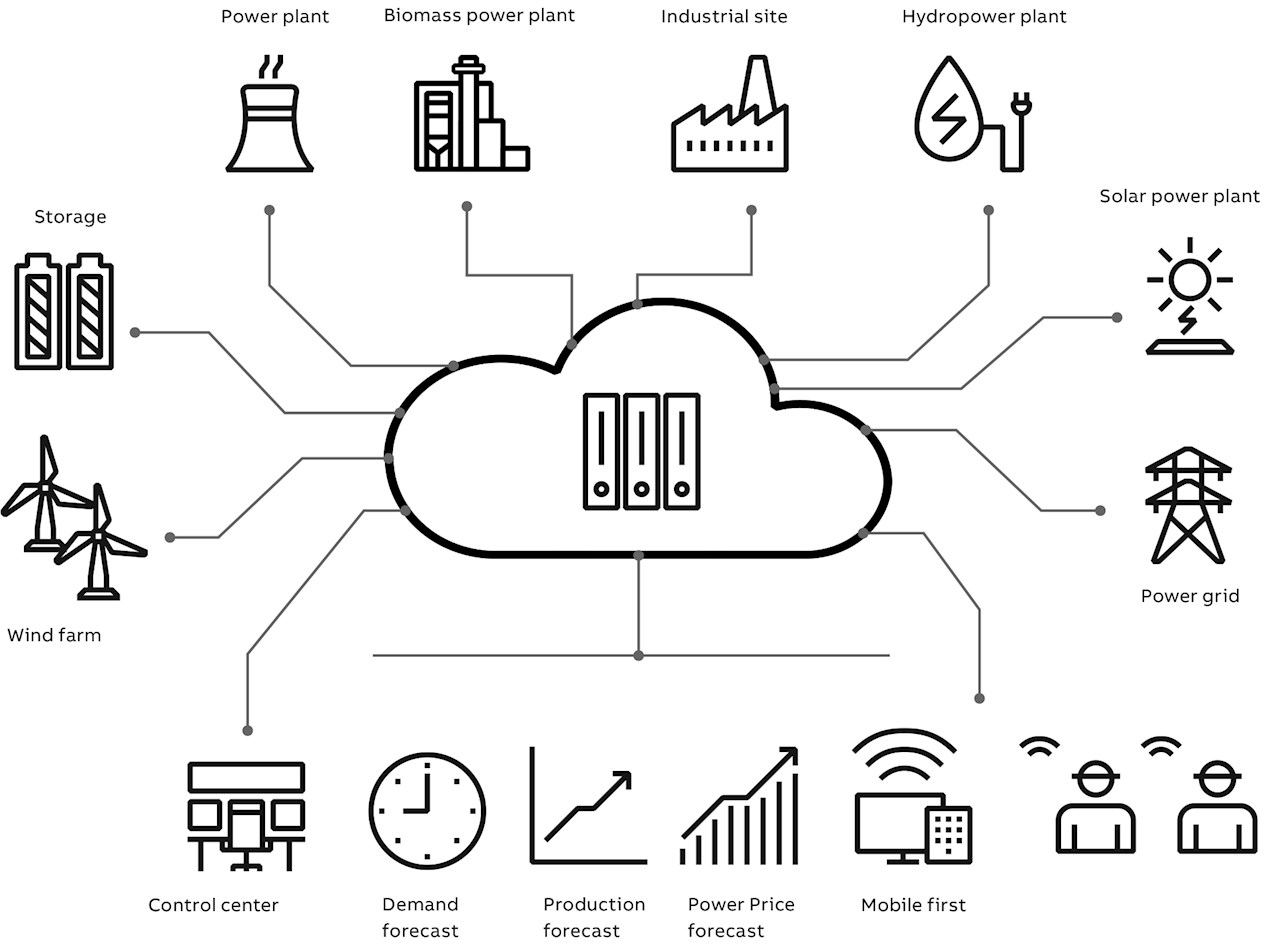
Virtual Power Plant diagram
India is now one of the countries which are largely investing in VPP, but the sector is expected to grow in the next years. The market size is projected to reach 2,85 billion dollars by 2027, exhibiting a CAGR of 27,2. Italy, Spain and United Kingdom are those who seem more interested in developing this technology, but Germany is the biggest investor in research.
Despite the considerable potential of AI for climate change, adoption remains low. Investments are still low and most companies (54%) have fewer than 5% of employees with the skills to take up data and AI driven roles.
Machine learning is used to control plants consumption by large tech companies
Besides, more than a third (37%) of sustainability executives have decelerated their climate goals in light of COVID-19, with the highest deceleration in the energy and utilities industry. As digital era advances, it is reasonable to assume AI will be, along with others, one of the most important tools in the future energy transition.

